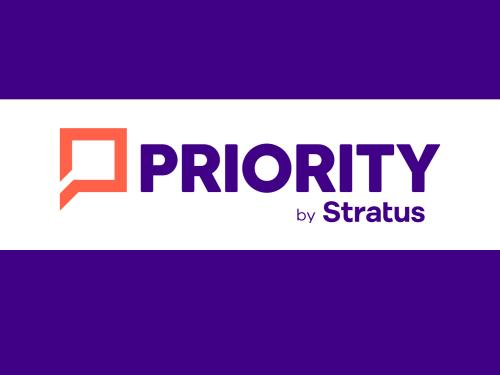Reporting to Stakeholders
Keeping key stakeholders within a company both confident and appraised of progress must be a priority in achieving rebrand success.

One of the obscure but vital elements of a successful rebrand is the ability for teams to properly communicate both processes and frameworks for success to leadership within an organization. Either as the result of a merger or acquisition, renaming, or a general large investment in rebrand - these projects likely impact almost everyone in an organization and are vitally important to leadership. Keeping key stakeholders within a company both confident and appraised of progress must be a priority in achieving rebrand success.
We recommend engaging in the following steps to ensure proper communication and high efficiency.
Determine the Key Stakeholders.
You will likely have several people with a high level of interest in the success of the rebranding effort. Early on, it is key to identify who those people are and meet with them to determine the information most relevant to them – as this will vary widely depending on role within the company. For example, the CFO may just want frequent updates on actual expenditures against the initial budget, while a CMO may be primarily interested in how much of your portfolio is rebranded at a given point in time. By keeping stakeholders apprised of the information most important to them, it is far more likely they will view the project as a success, and will reduce extraneous reporting.
Organize Data Along A Critical Path
As the project manager you will have key milestones indicating the status of your project. A common pitfall in stakeholder communication is to store or relay critical information for each milestone in separate documents or emails. Rather than trying to maintain a cluttered environment of multiple reports we recommend a central depository of information – either a cloud-based spreadsheet or full-fledged project management software.
Get Your Vendor Partner(s) Buy-In To Keep Reporting Up-To-Date
Vendor partner work must be accounted for and included in maintaining accurate reports. At the outset a framework for reporting – both cadence and method – must be firmly established as a deliverable within the contracts. Adopting a mindset of accountability is critical. If it’s not tracked or reported, it hasn’t happened.
Create Reporting Dashboards for Regular Distribution
All reporting and data should be delivered with concise and direct summaries that will allow busy stakeholders to quickly digest key points. We also highly recommend the creation of simple dashboards that aggregate all key data requested or appropriate for the individual stakeholder. When templates and formulas are created in tracking programs at project start, export of dashboards will become a turnkey process.
Foster Honesty in Reporting
Every report is an opportunity to qualify any data that may seem out of the ordinary. Be honest if things are off track, along with your solutions or approach adjusting the KPIs if necessary. Sending data that indicates a problem without the proper explanation is a recipe for disaster and can negatively characterize an entire rebranding process.
Follow Up To Ensure It Is Working
As the rebrand progresses, follow up occasionally with your stakeholders to make sure that the reporting process is meeting their needs. Ultimately any project communication program is only successful if it is tailored to the recipient. Frequently these stakeholders won’t tell you if they are dissatisfied with reporting until it’s a larger problem. Check-ins will ensure that you can be agile in approach.



